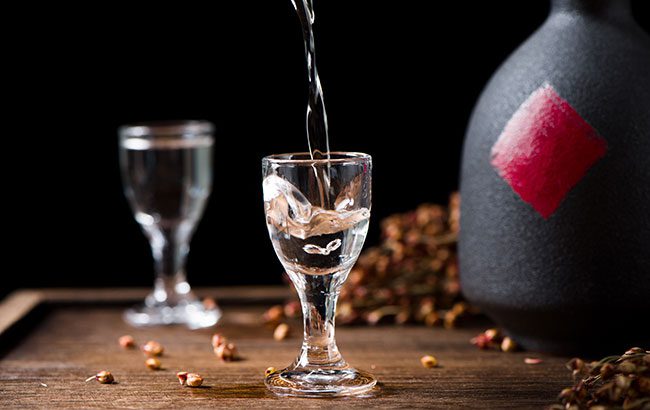Baijiu to struggle as other spirits grow in China
China’s alcohol market saw a 4% volume decline in 2022, with baijiu expected to struggle over the next five years as other major spirits segments grow.

Data from IWSR Drinks Market Analysis revealed that spirits volume fell by 17% in China last year, while wine suffered a larger decline at 26%. Beer reported a 0.6% dip in 2022.
Globally, spirits dropped by 2% in volume in 2022, mainly due to low-priced baijiu in China, the IWSR revealed in June.
IWSR said China’s alcohol market likely saw its ‘most challenging year of the past decade’, following renewed lockdowns and consumer caution.
Furthermore, the country’s on-trade saw its market share fall by double digits in 2022, significantly below 2019 levels, the IWSR noted.
Total alcohol volumes in China are expected to fall at a compound annual growth rate (CAGR) of 4% from 2022 to 2027.
However, the value of the market is expected to grow by US$41.7bn over the same period, driven by premiumisation.
IWSR said ‘prospects are brighter’ for international spirits and the smaller ready-to-drink (RTD) category.
Spirits are expected to post a volume CAGR decline of 4% between 2022 and 2027, entirely due to the performance of Chinese baijiu, the IWSR believes.
Excluding the Chinese spirit, all other major categories – whisky, gin, vodka, agave spirits, rum and brandy – are forecast to grow sales volumes by single-digit CAGRs (2022-2027).
The RTD category will rise by a CAGR of 6%, the IWSR estimated over the next five years.
Beer is expected to report a small increase of 0.2% to 2027, but the premium-plus segment is forecast to grow by 6%.
Wine is predicted to decline at a CAGR of 2% over the same period.
Cautious consumers
Restrictions in the market were lifted in December 2022, a month before the Chinese New Year celebrations, but it failed to ‘spark a resurgence’, according to Shirley Zhu, IWSR research director, Greater China.
She continued: “The restrictions were lifted so close to the celebrations that people weren’t ready to go back to travelling and gathering on a large scale yet.”
IWSR said there were signs of recovery in the second quarter of 2023 as the on-trade reopened but this was being ‘impaired by concerns about the Chinese economy, and the poor performances of the stock market and real estate sector’.
“Those are two key indicators of optimism,” Zhu explained. “If you own a house and the price is going up, you tend to be more confident – and the same goes for the stock market. There are also a lot of young people who are unemployed, so they are not spending so much, they are very cautious.”
Zhu has also noticed consumers are being savvier with their money and are noticeably downtrading in the on-trade.
She said consumers were visiting the on-trade less frequently and not spending as much in bars and restaurants.
IWSR also noted that China’s e-commerce channel accounts for less than 5% of total alcohol sales by value.
The country’s largest online shopping event after Singles’ Day in November, the 618 Festival in June, was weaker than expected, with heavy discounts ‘eroding profitability’.
Optimistic outlook
However, IWSR believes the outlook for China’s alcohol market is optimistic due to ‘strong financial confidence’, particularly when compared to ‘pessimistic’ areas such as Europe, Australia and South Africa.
“Consumers here are still fairly confident in the future,” Zhu continued. “If you look at their finances, they’re still higher than a lot of other countries – maybe not quite as good as before, but still very positive.
“And companies are quite determined to wait this difficult period out. They still want to develop this market, and brands are continuing to invest in the future.”
Related news
How the spirits market in China is recalibrating
